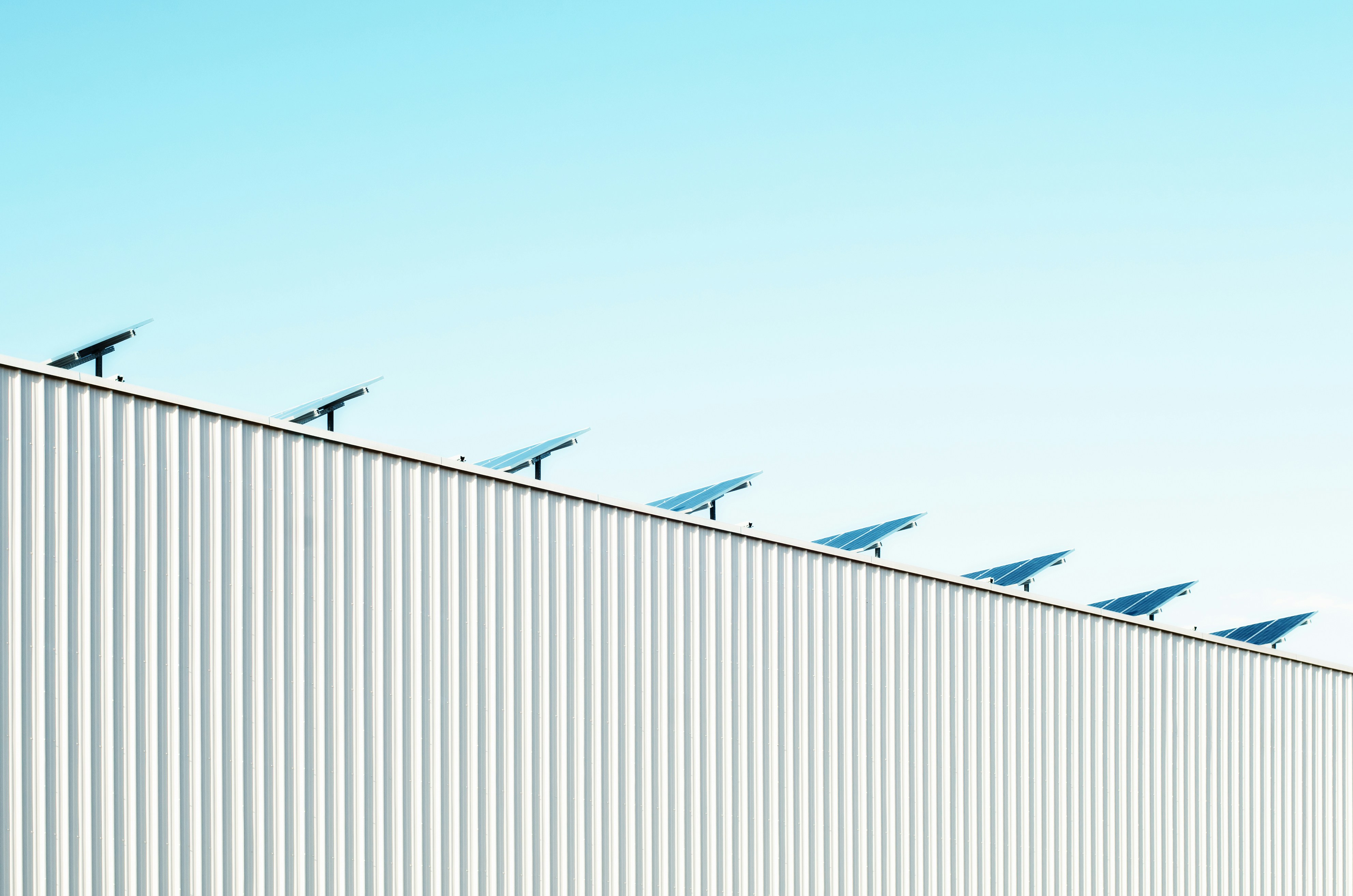Demolição
Polycrystalline panels are also effective in varying light conditions, making them suitable for areas with partial shading or cloudy weather, ensuring steady energy generation.
Polycrystalline panels are also effective in varying light conditions, making them suitable for areas with partial shading or cloudy weather, ensuring steady energy generation.
Polycrystalline panels are also effective in varying light conditions, making them suitable for areas with partial shading or cloudy weather, ensuring steady energy generation.



Polycrystalline panels allow you to produce a substantial amount of electricity from sunlight at a more cost-effective price point, optimizing your energy production. Moreover, they are designed to perform reliably even in low light conditions, making them a solid choice for areas with partial shading or frequent cloudy weather, ensuring consistent energy output.
Polycrystalline panels allow you to produce a substantial amount of electricity from sunlight at a more cost-effective price point, optimizing your energy production. Moreover, they are designed to perform reliably even in low light conditions, making them a solid choice for areas with partial shading or frequent cloudy weather, ensuring consistent energy output.
Polycrystalline panels allow you to produce a substantial amount of electricity from sunlight at a more cost-effective price point, optimizing your energy production. Moreover, they are designed to perform reliably even in low light conditions, making them a solid choice for areas with partial shading or frequent cloudy weather, ensuring consistent energy output.



Polycrystalline technology represents an important step forward in solar panel design. These panels are made from polycrystalline silicon cells and are designed to optimize efficiency by improving light absorption and reducing energy loss. While polycrystalline panels generally have slightly lower efficiency rates compared to monocrystalline panels, they still offer reliable energy production. This means you can generate a substantial amount of electricity from sunlight at an affordable cost, making them a popular choice for many solar projects. Polycrystalline panels are also effective in varying light conditions, making them suitable for areas with partial shading or cloudy weather, ensuring steady energy generation.
Polycrystalline technology represents an important step forward in solar panel design. These panels are made from polycrystalline silicon cells and are designed to optimize efficiency by improving light absorption and reducing energy loss. While polycrystalline panels generally have slightly lower efficiency rates compared to monocrystalline panels, they still offer reliable energy production. This means you can generate a substantial amount of electricity from sunlight at an affordable cost, making them a popular choice for many solar projects. Polycrystalline panels are also effective in varying light conditions, making them suitable for areas with partial shading or cloudy weather, ensuring steady energy generation.
Polycrystalline technology represents an important step forward in solar panel design. These panels are made from polycrystalline silicon cells and are designed to optimize efficiency by improving light absorption and reducing energy loss. While polycrystalline panels generally have slightly lower efficiency rates compared to monocrystalline panels, they still offer reliable energy production. This means you can generate a substantial amount of electricity from sunlight at an affordable cost, making them a popular choice for many solar projects. Polycrystalline panels are also effective in varying light conditions, making them suitable for areas with partial shading or cloudy weather, ensuring steady energy generation.